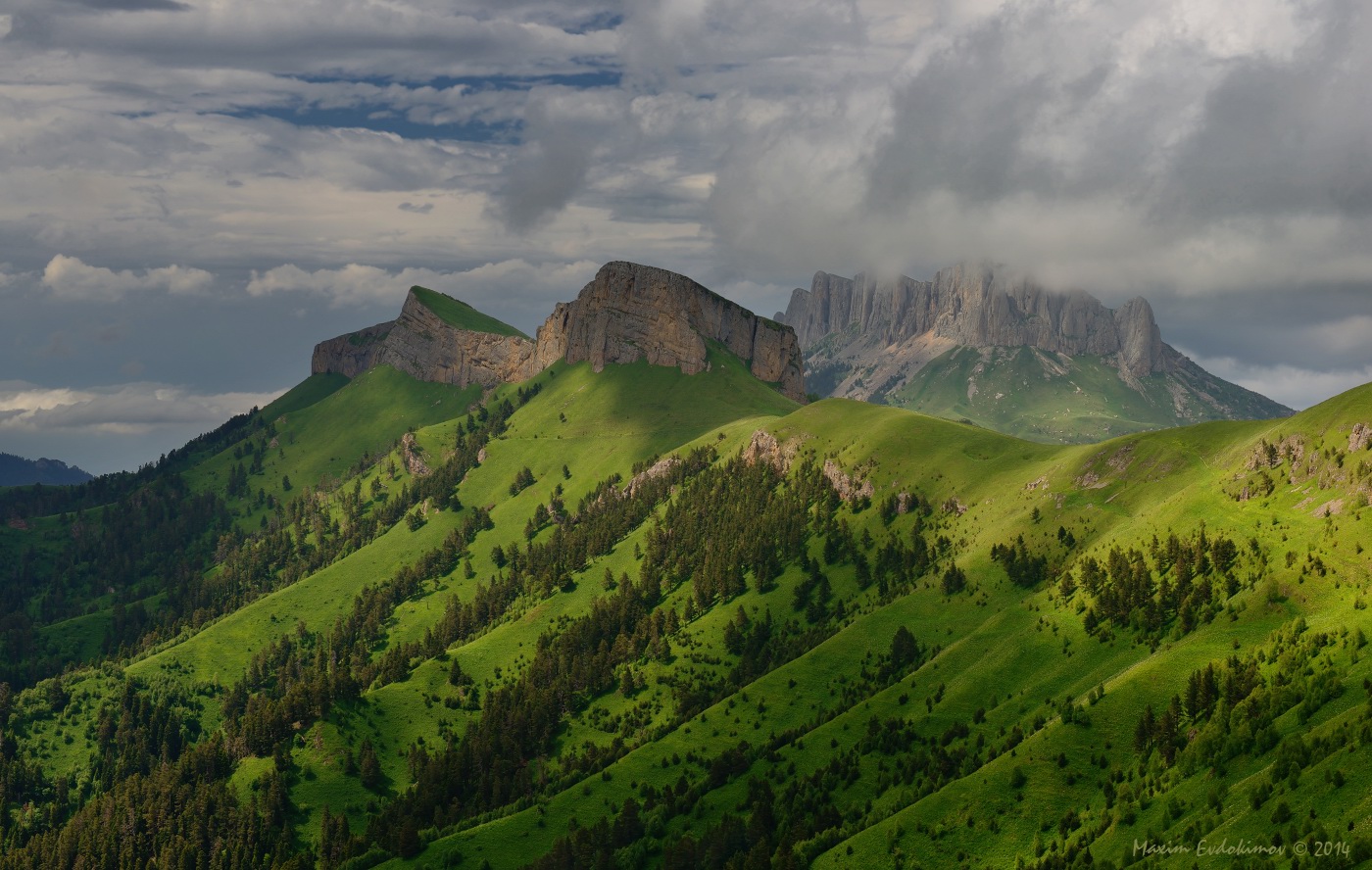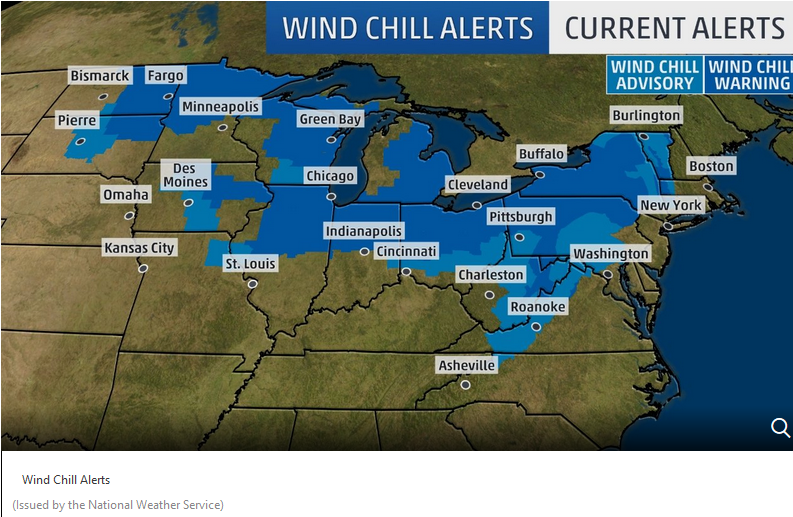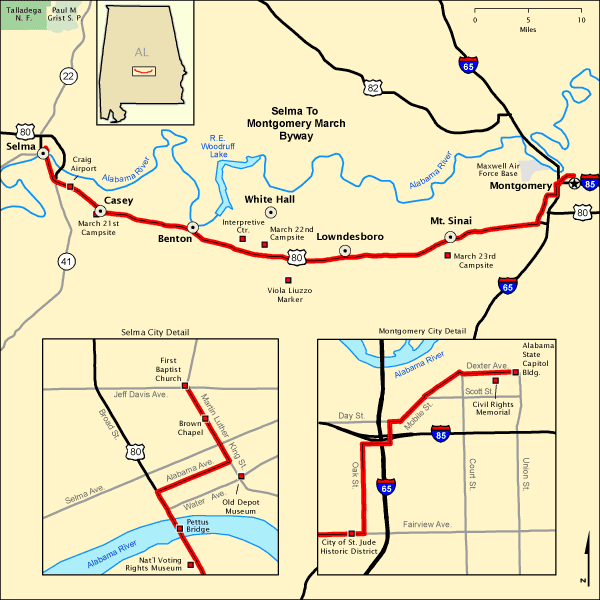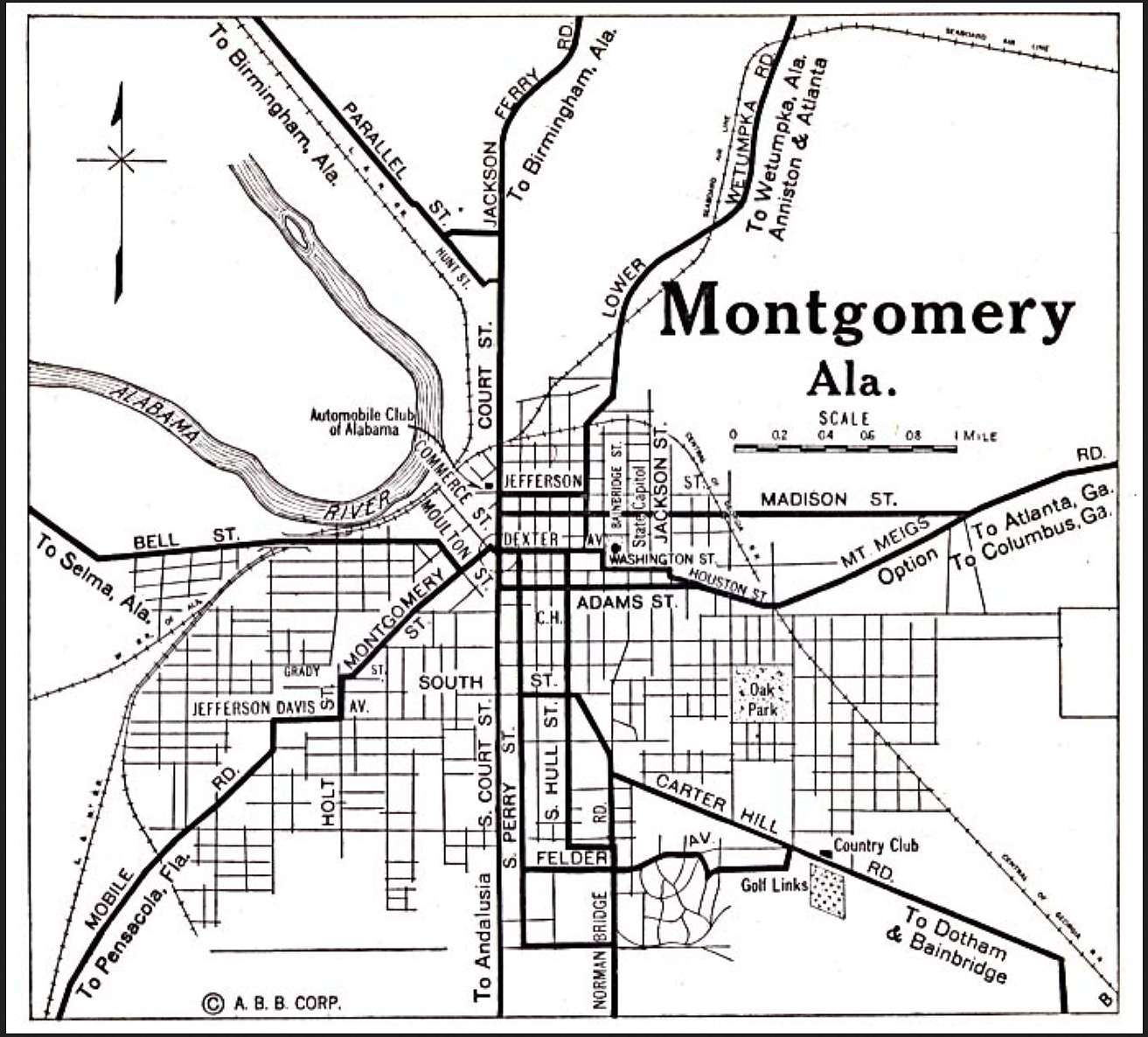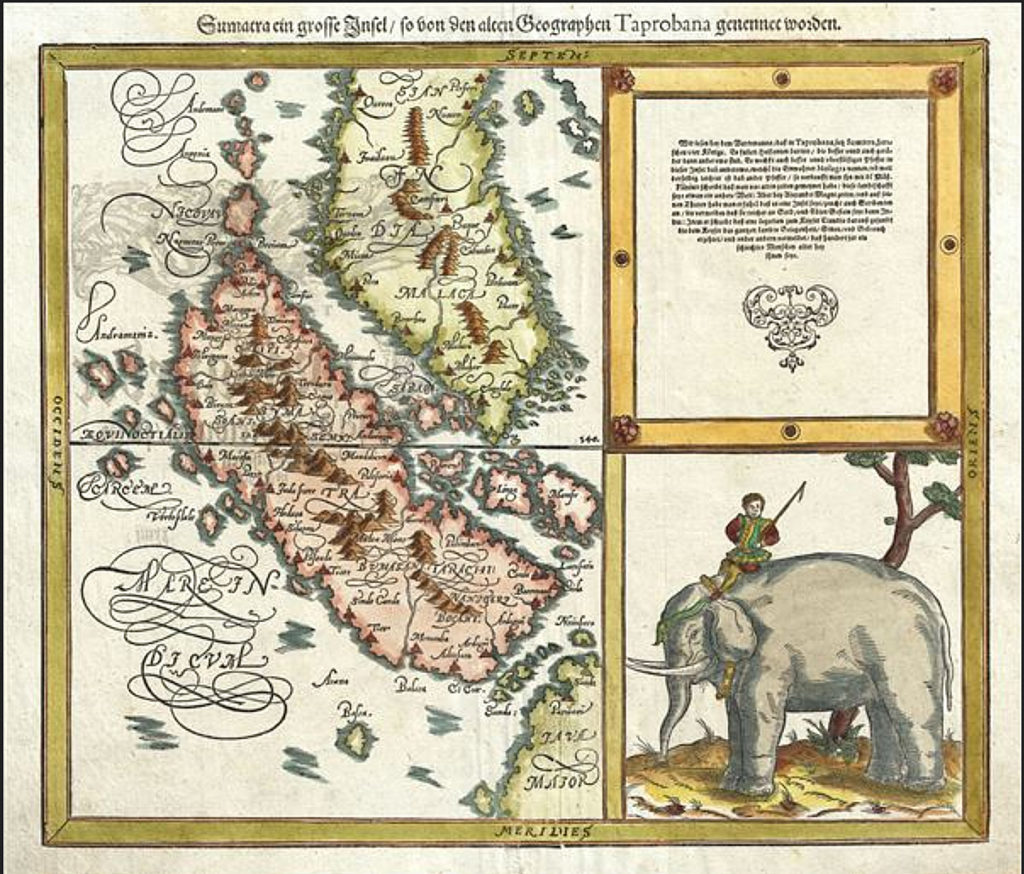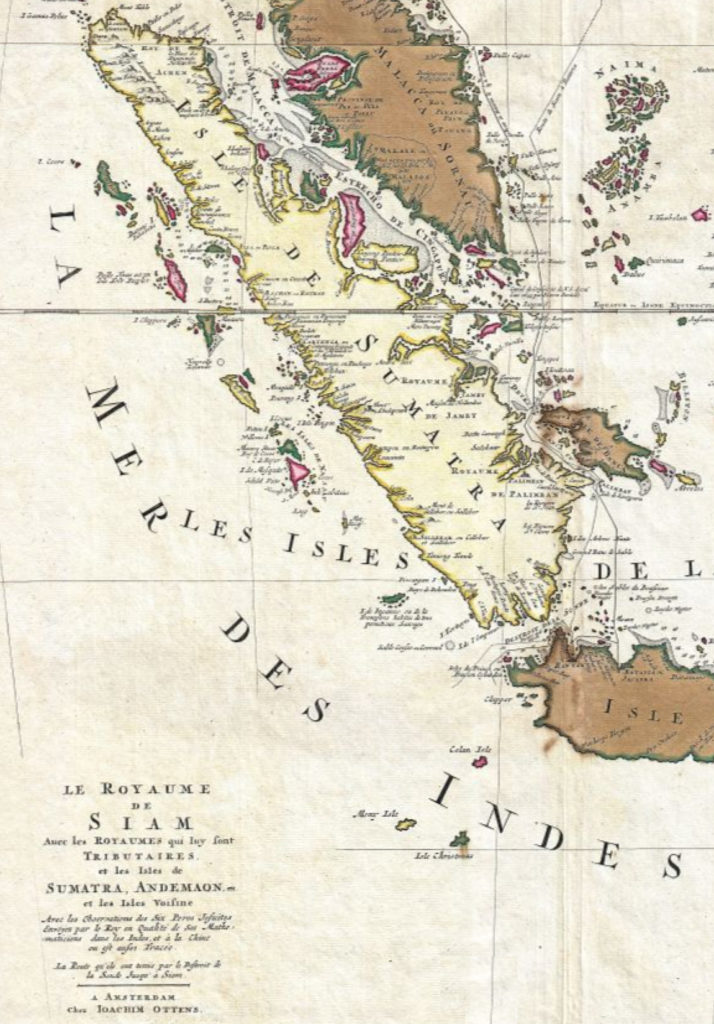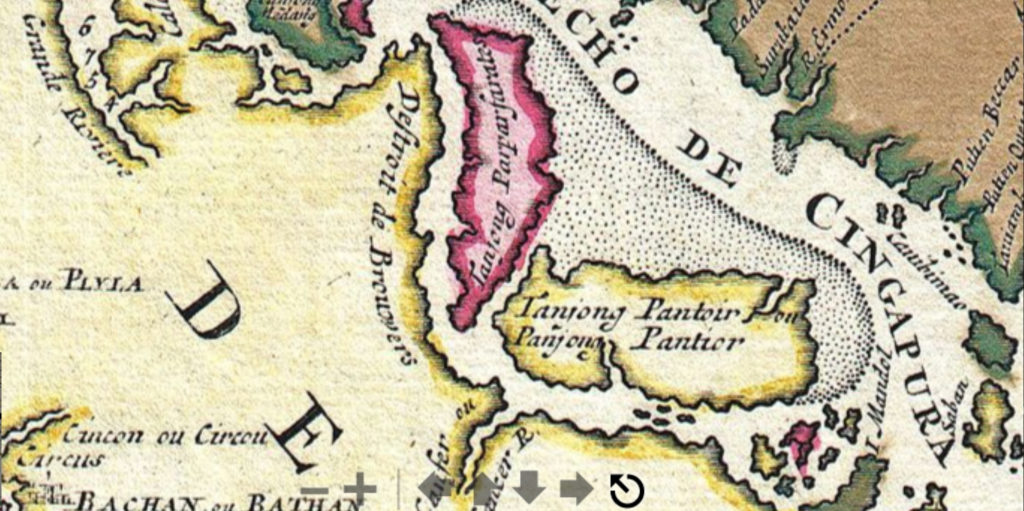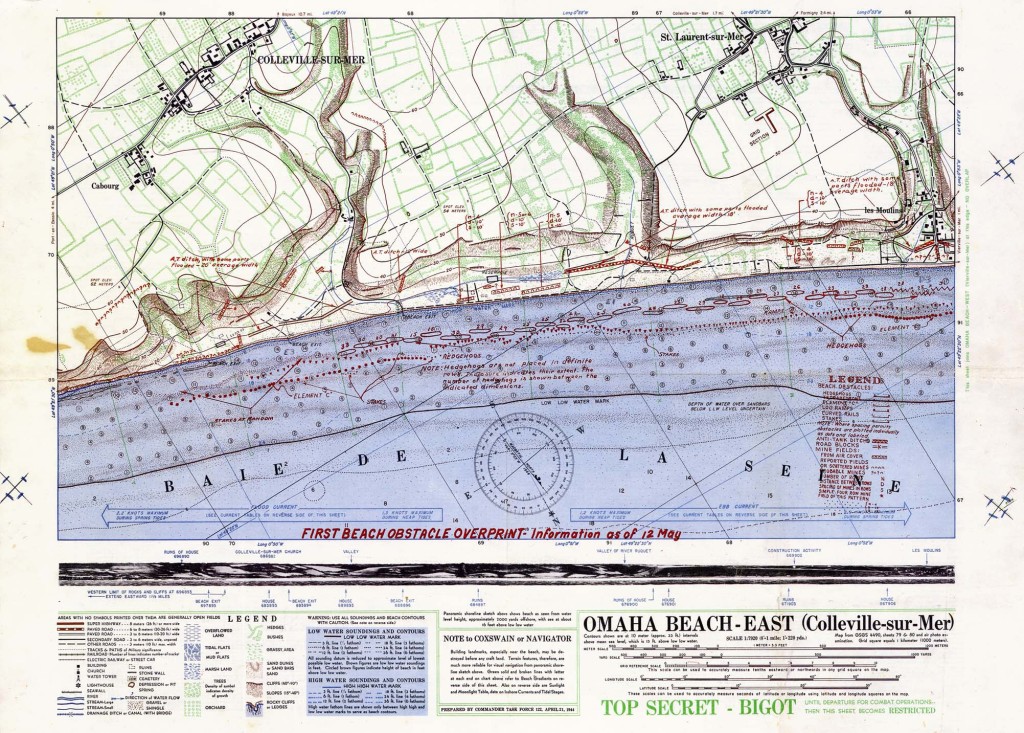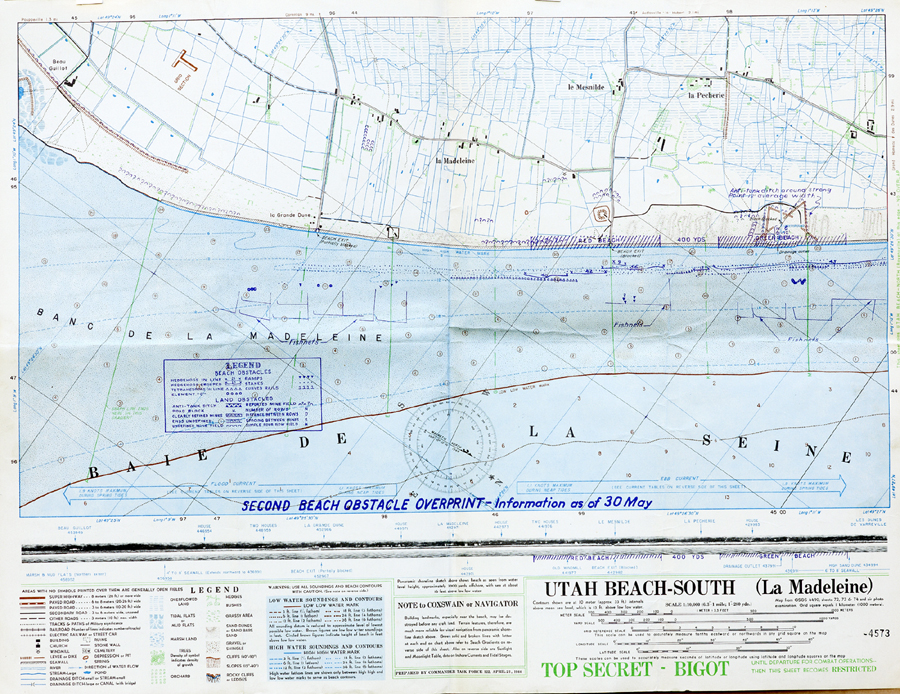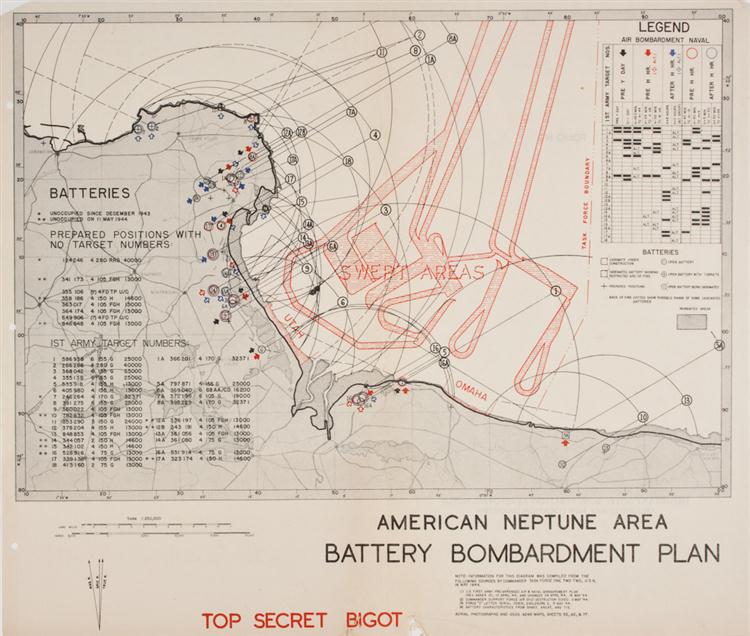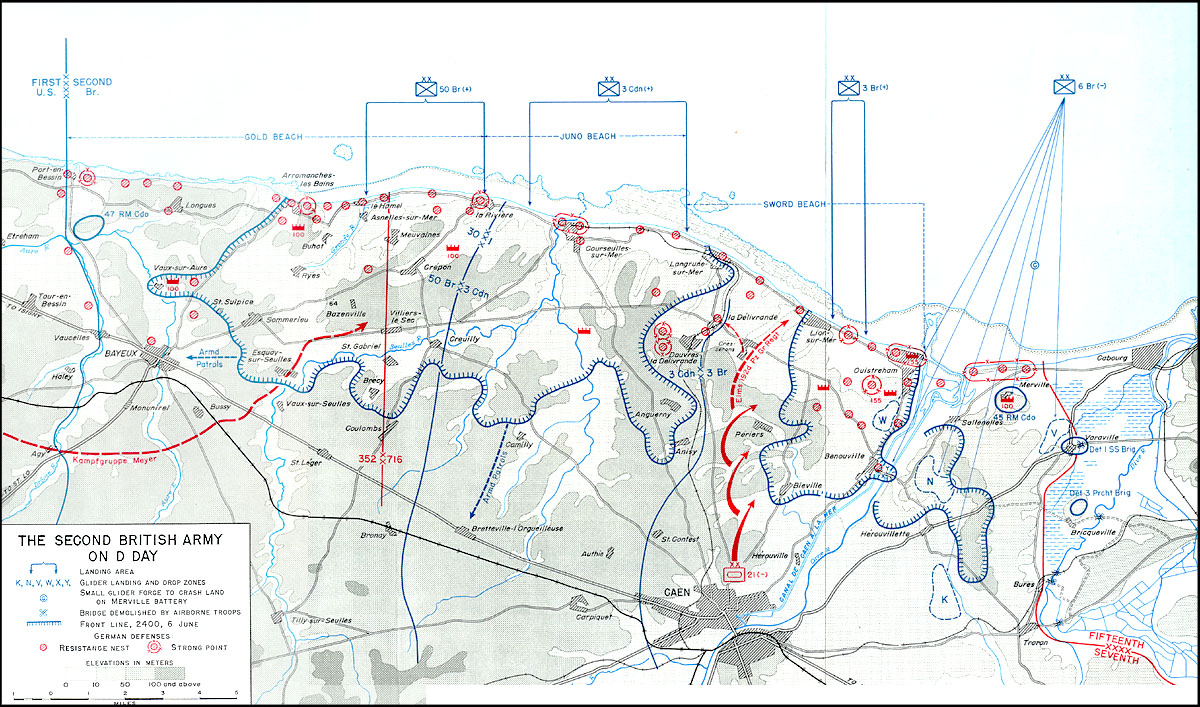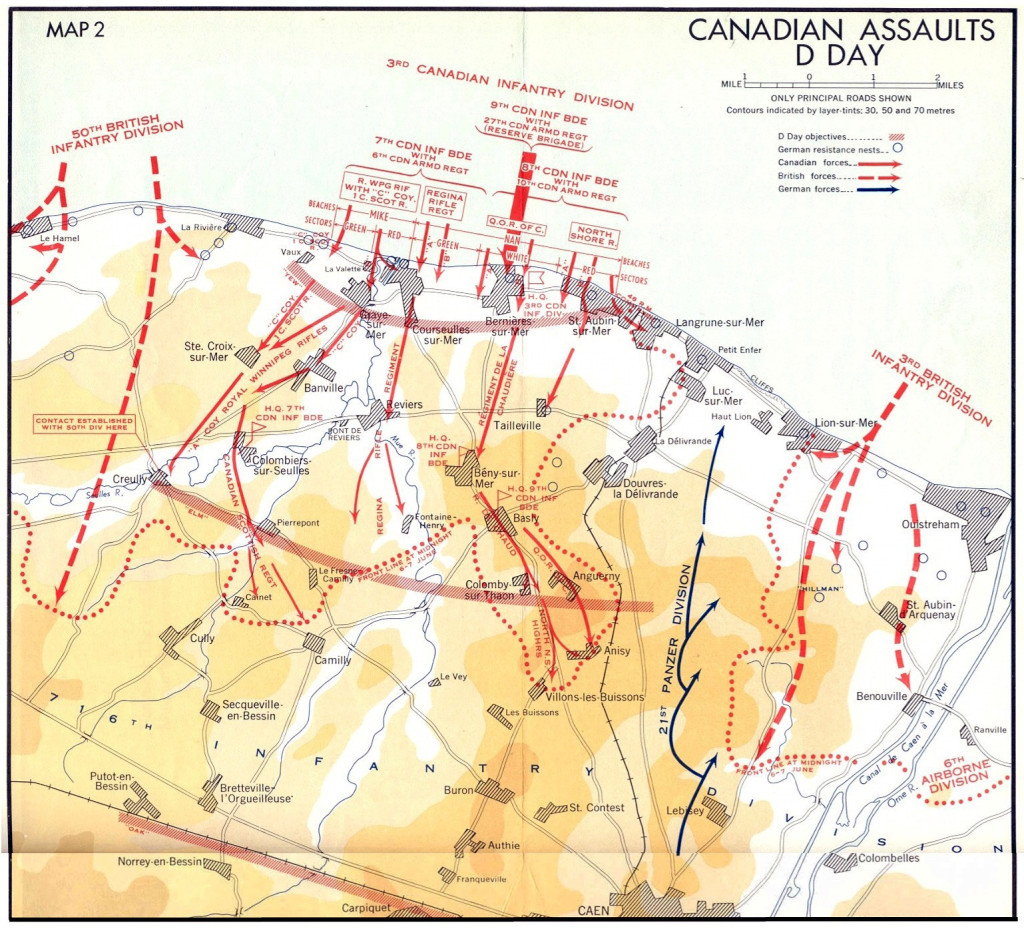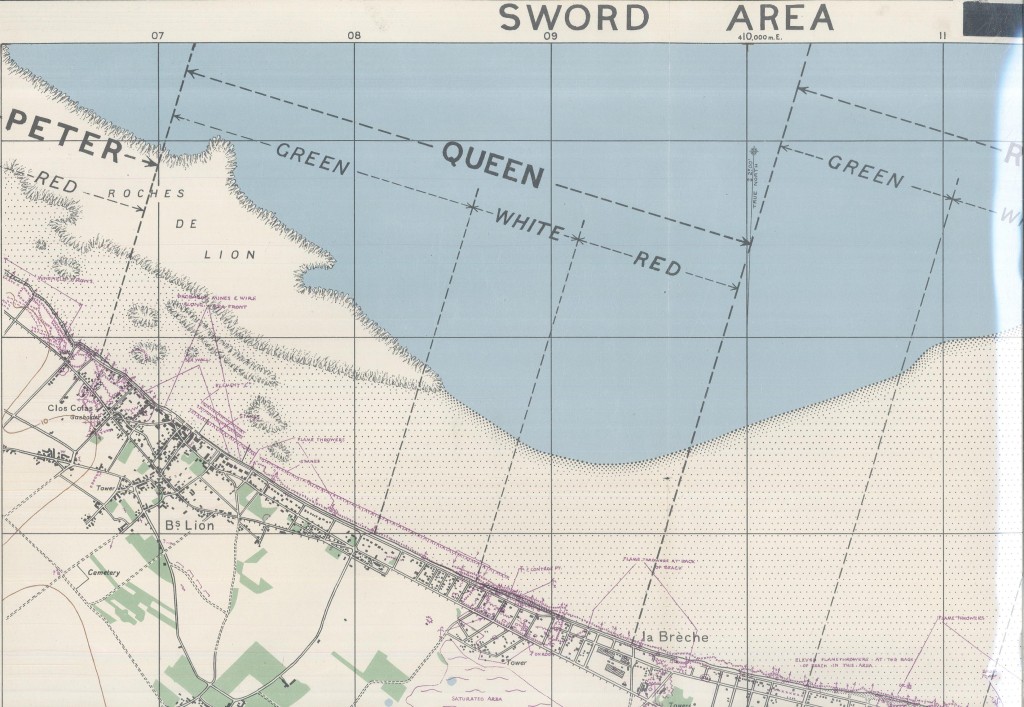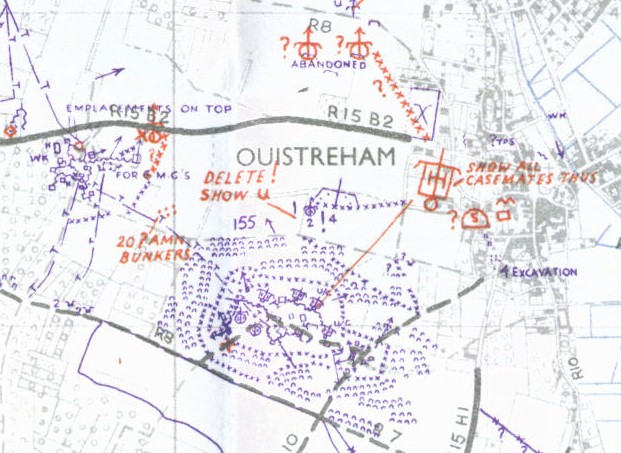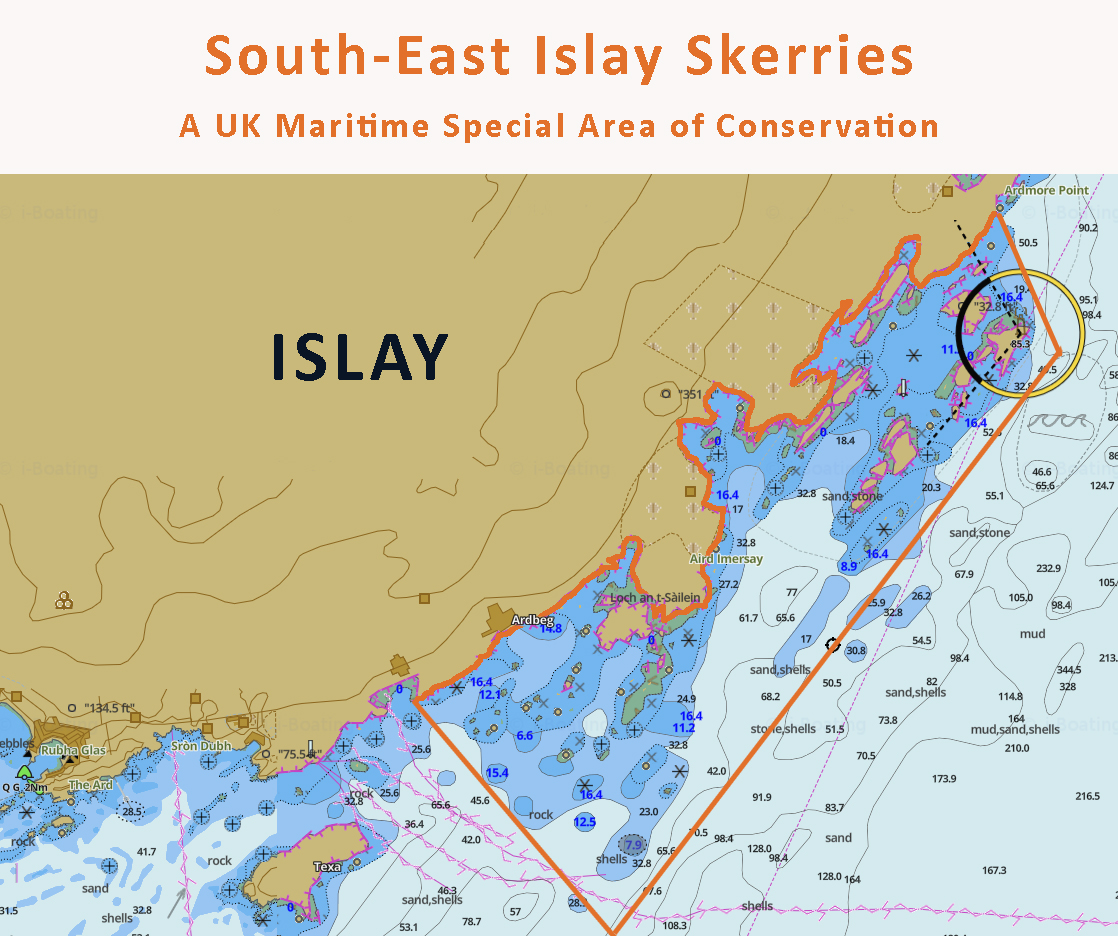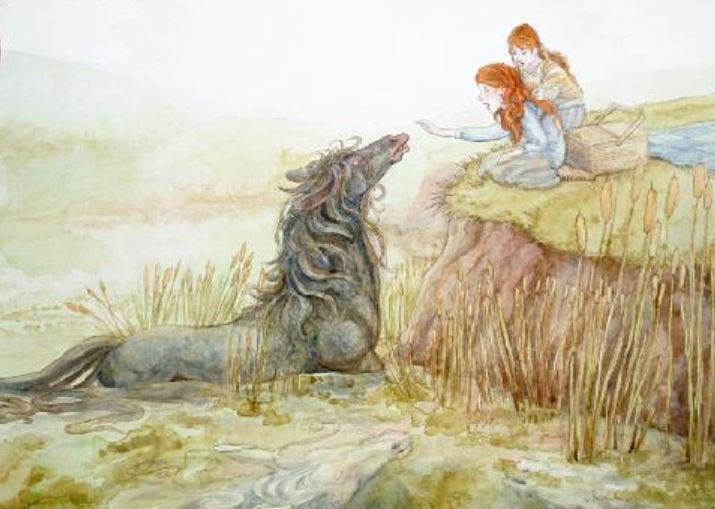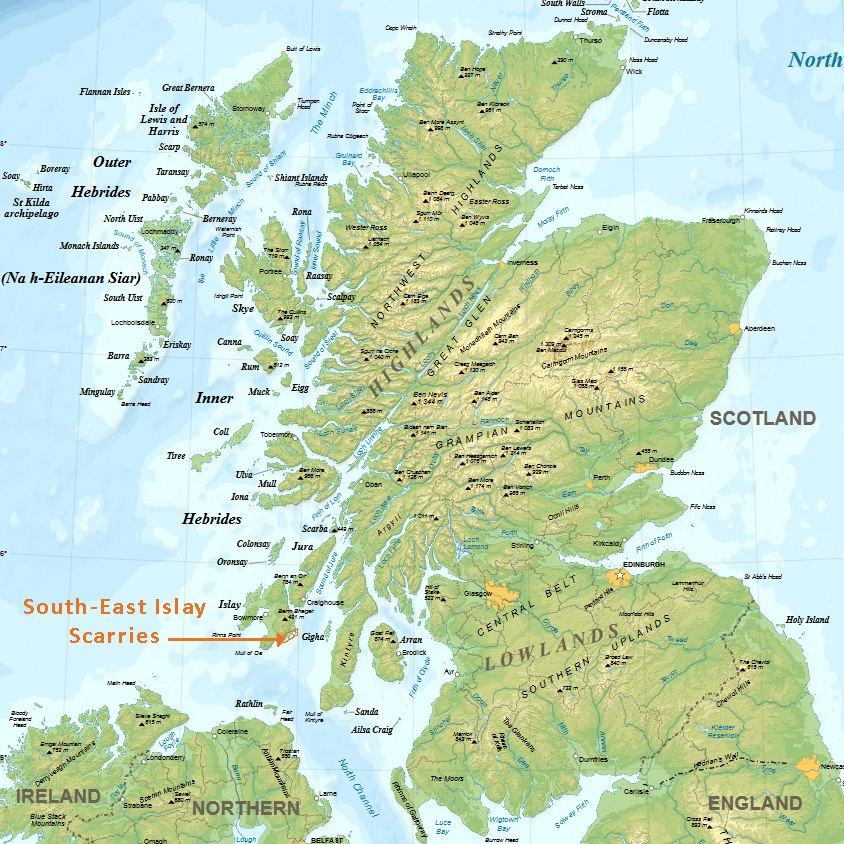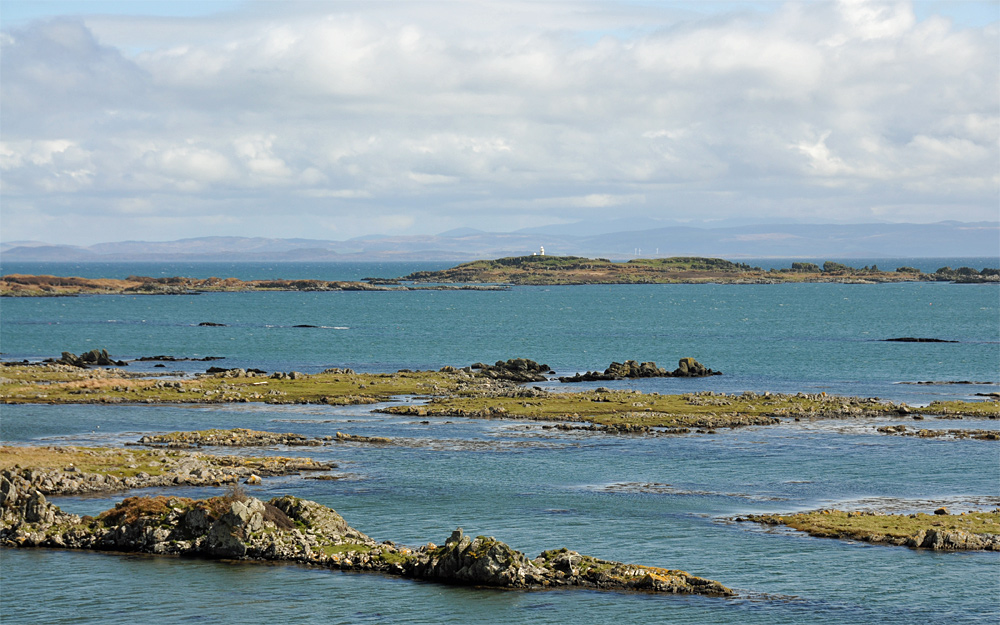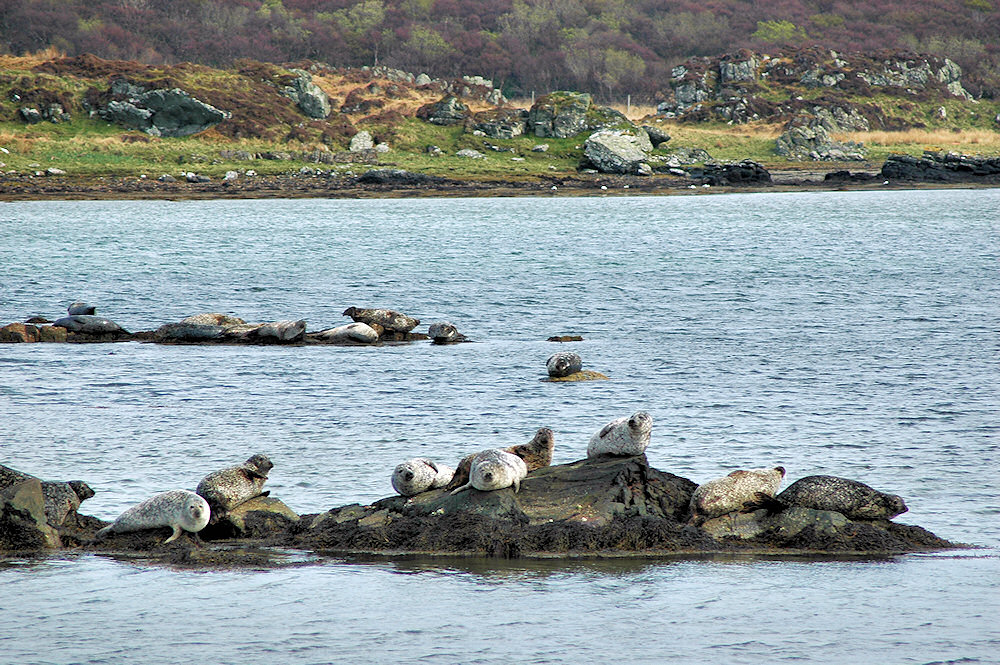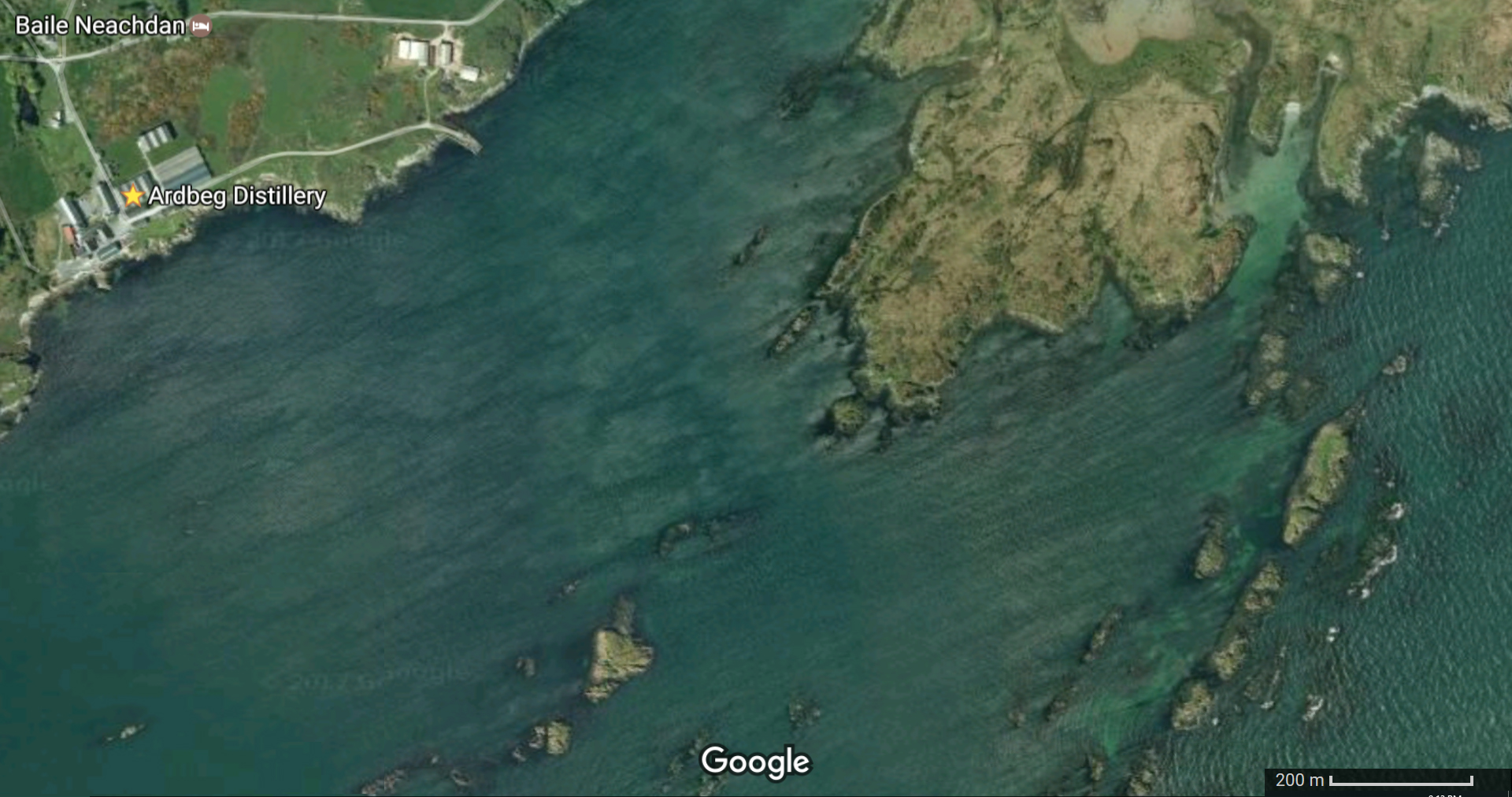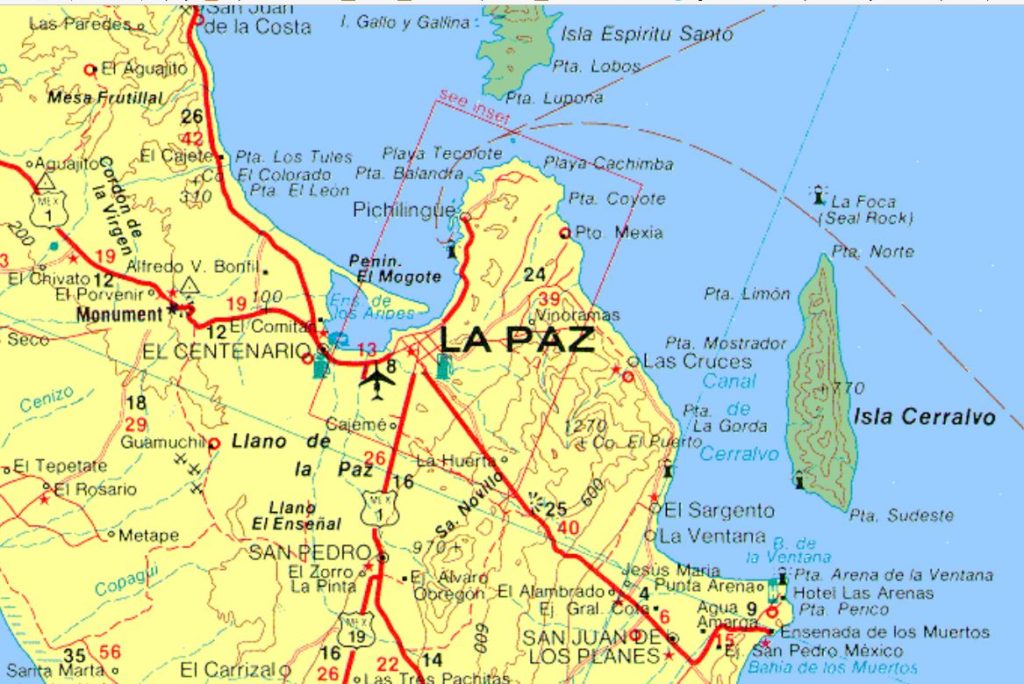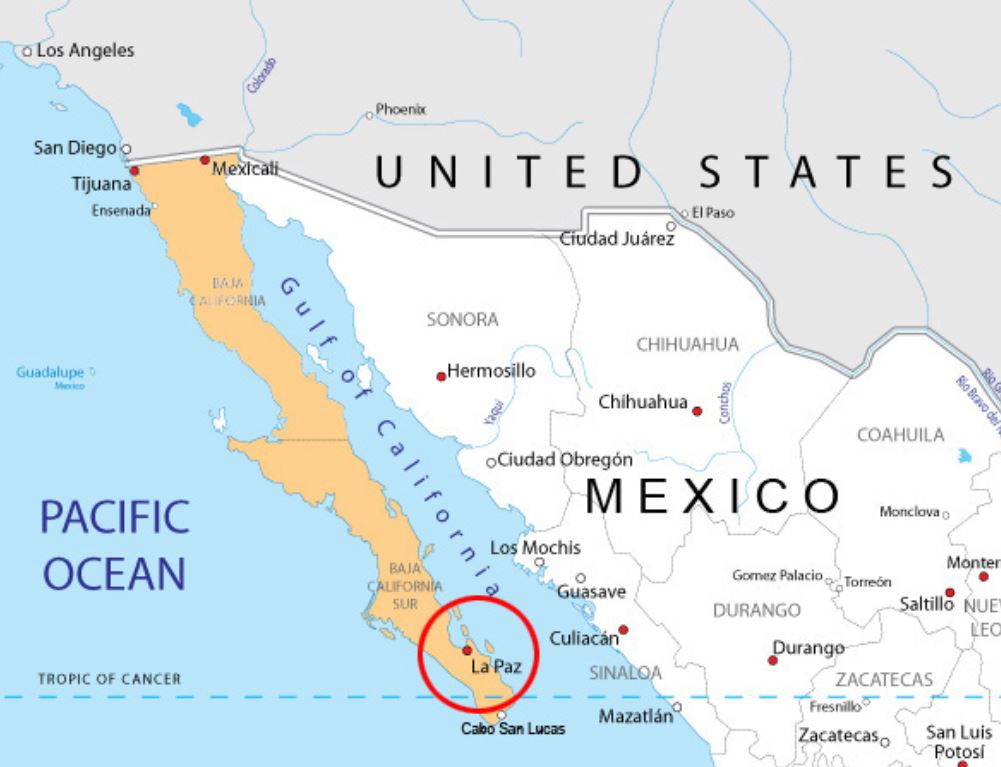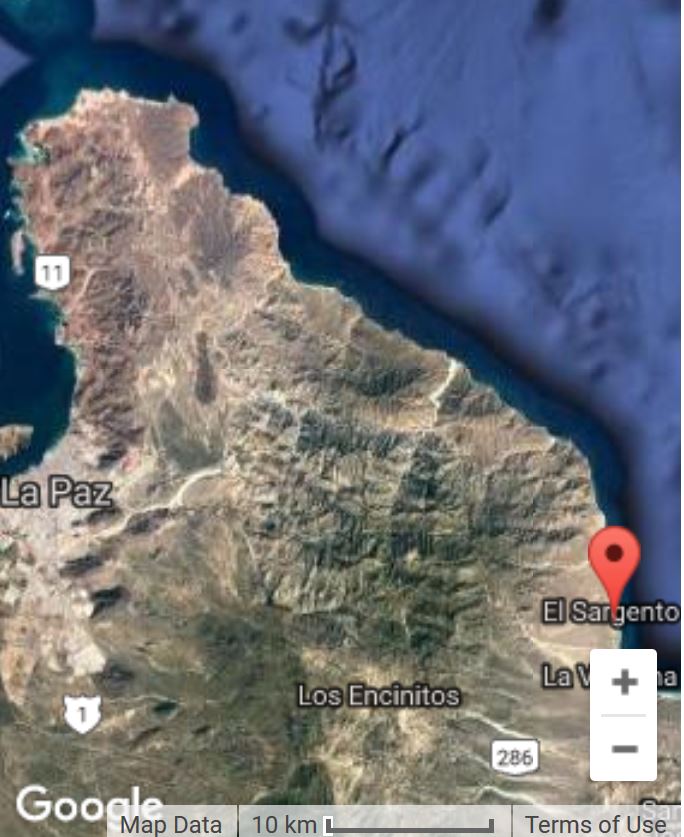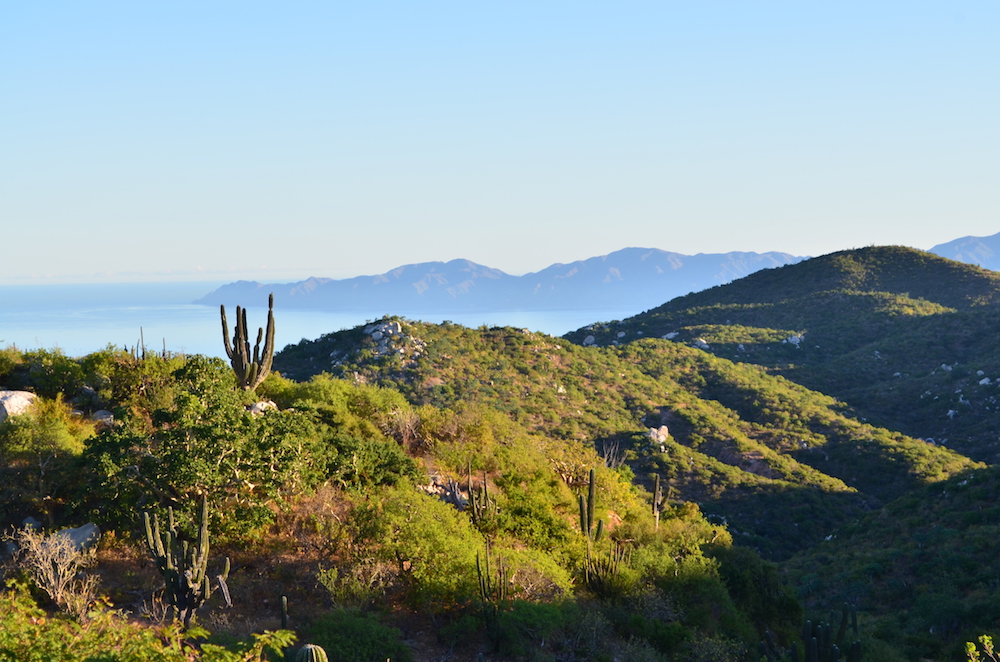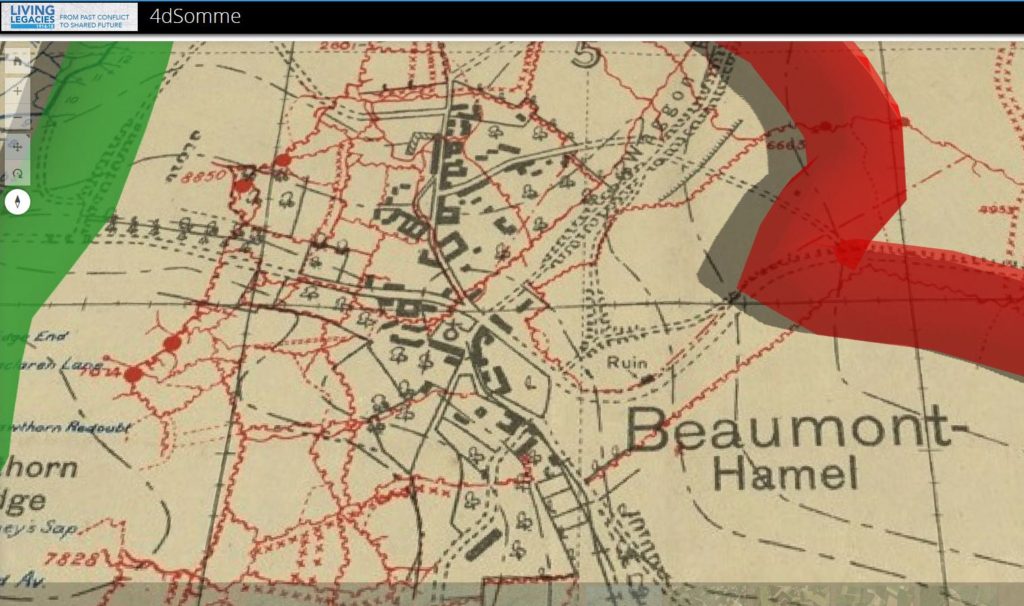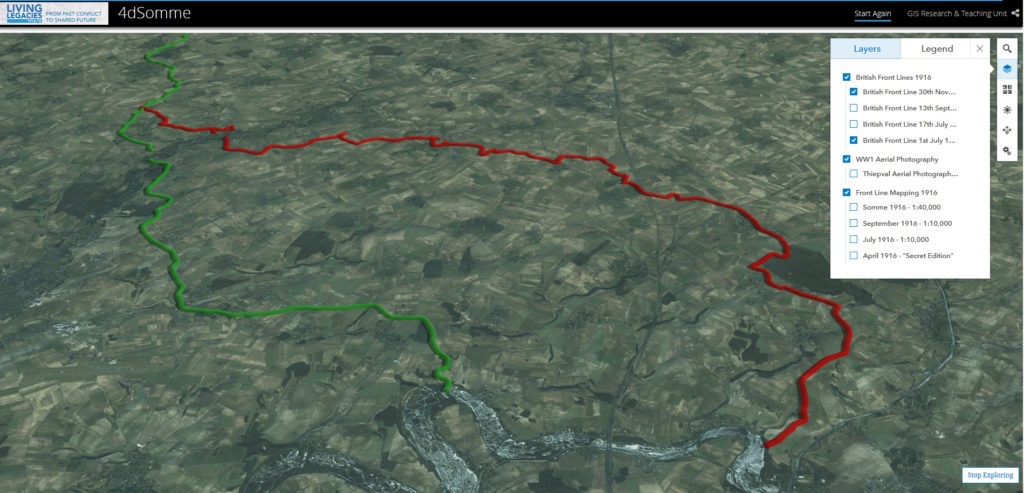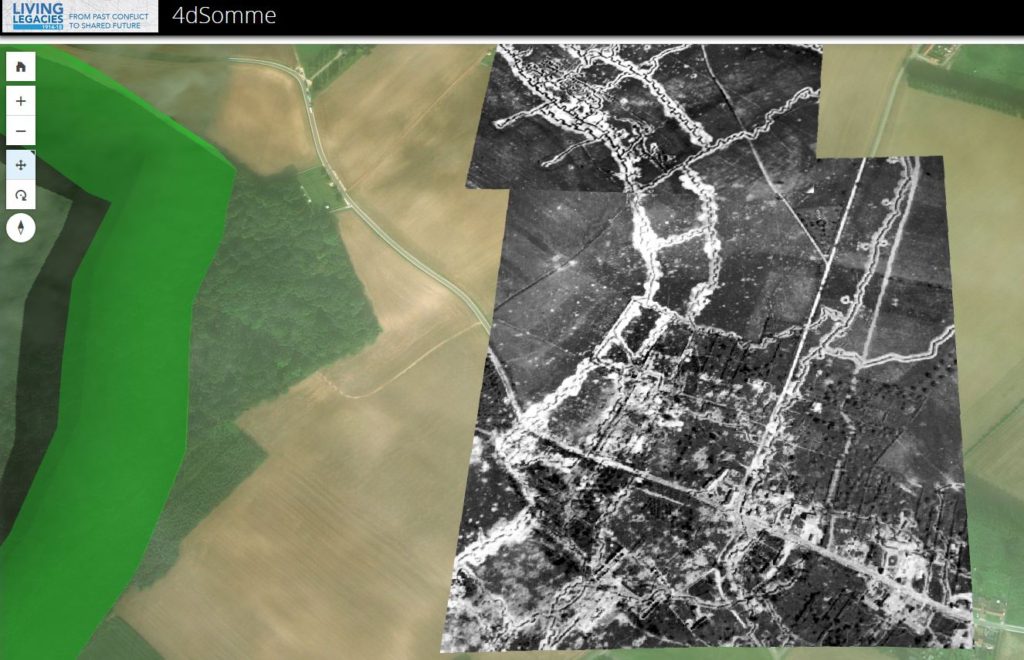The Republic of Adygea is virtually unknown in the West
Located within Krasnodar Krai, at the extreme southwest tip of the Russian Federation, near the Black Sea
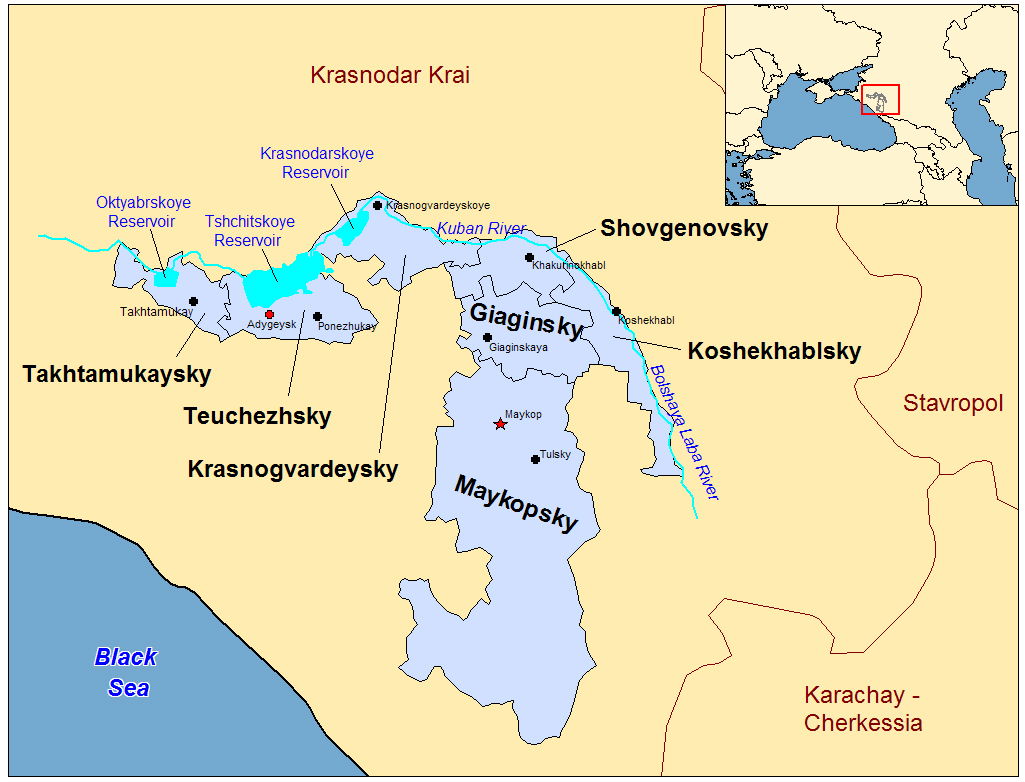
Called Cherkess by the Soviets, when it was set in the 1920s as an autonomous region for the Adyghe people, more than 60% of the republic’s current 107,000 residents are ethnic Russians. But the Adygejtsy government is headed by an elected official, sensibly called the Head, who by law must be fluent in the Adyghe language.
Notable people who have come from Adygea include professional athletes, a cosmonaut, Sci-Fi novelist Iar Elterrus, and the artist and illustrator Konstantin Vasilyev, who had a minor planet named after him.
The Adyghe are made up of twelve tribes, with two languages, considered dialects by modern linguists. They are among the indigenous people of the Caucasus mountains, but the majority of the modern Adyghe population live in Turkey, Jordan, and Syria, and are Sunni Muslim. Most of the rest reside within the Adygea Republic and are primarily Orthodox Christians, with a minority of Muslims and others not officially religious.
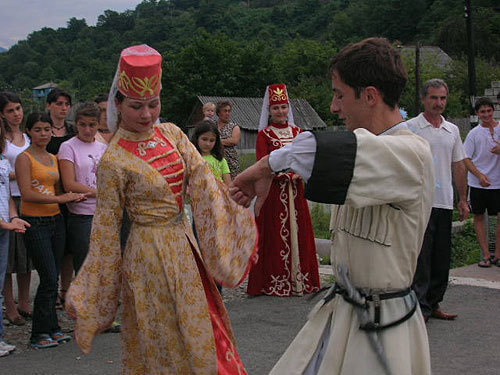
Also called the Circassians, the Adyghe suffered from persecution and “ethnic cleansing” throughout their history, when the greater Krasnodar territory was conquered at various times, first by local tribes, then the Kievian Rus, then Byzantine armies, and basically ever afterwards. And the Adyghe have adopted customs from other cultures, just as they have provided some of their own. Hence, they embrace the fashion and spirit of the Slavic Cassocks who were at times their enemy, while also inventing the Cossack’s fabled shashka sword. The word shashka coming from the Adyghe term for “long knife.”
A crossroads of empires, the Adyghe homeland is found within an area that includes the northeastern shore of the Black Sea, and the peninsula situated directly across from the Crimea.
But the Republic of Adygea itself is landlocked within a larger republic, with plains in its northern areas, and mountains in the south. It has no lakes but several large reservoirs. It is one of the poorest Russian republics, but has considerable natural resources, with some 40% of its 2,900 square miles covered large forests, along with undeveloped oil and natural gas reserves.
The Adyghe are also capable farmers, with a deep and fabled history of cultivating fruit and nuts. The oak from the region is prized by Georgian and Russian winemakers, and similar to oak used by French vineyards. And the Adyghe tradition of wine goes back to the deepest recesses of their ancient tribal history, and it is something that even Muslim Adyghe have never given up. Their prehistoric religion was centered on the fruit tree and archeologists have discovered the remnants of Adyghe gardens deep within the wild forests of the Caucuses and Asia Minor, still producing fruit, nuts, and grapes to this day.
This landlocked “island” at the southwest edge of the Russian Federation has a surprising connection to the Isle of Islay, of the Inner Hebrides near the southwest edge of Scotland. Oak trees from a forest in Adygea were made into barrels and seasoned there before being shipped to the Ardbeg distillery, on Islay, where they were used to age single malt whisky that has now been turned into an exclusive, high-priced expression called Kelpie. The result is an impressive and eccentric spirit, even for that maker of exceptionally robust whisky. You can read my exclusive review of Ardbeg Kelpie at 1mansmalt.com.
